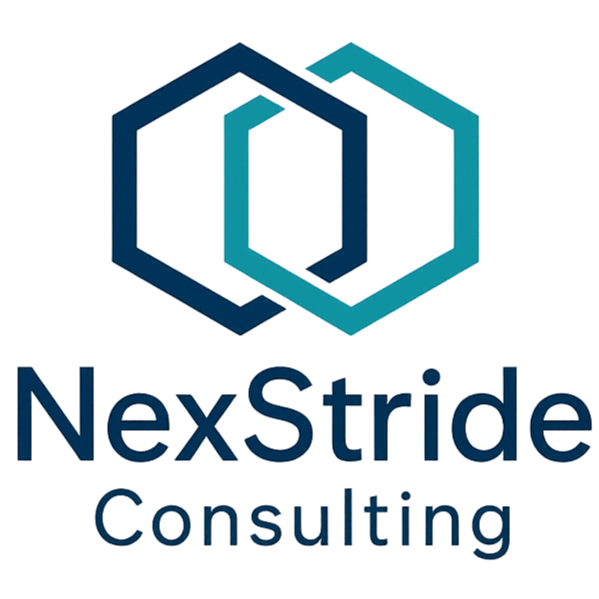Warehouse Layout Consultant: Costs, Timelines, and the First Changes You’ll Actually See
Most teams ask the same three questions: How much? How long? What will you change first?
Here are straight answers with real ranges, what drives price up or down, and the sequence that moves the needle before anyone buys software.
What “layout” work really includes
This isn’t interior decorating. A competent layout engagement fixes flow first, then drawings:
Re-slot fast movers near pack/ship
Pick-path redesign (one-way flow, no U-turns)
Staging & dock rules (buffers, door constraints, blackout windows)
Replen windows (kill reactive starvation)
Label/scan station changes (duplicate or re-sequence)
Updated layout/slotting map + 30-day execution plan + KPI pack
Cost ranges (what you should expect to pay)
$8k–$15k — Single site, ≤150k sq ft, straightforward move/slotting changes
$13k–$20k — Typical 150–300k sq ft DC, mixed order profile, staging + path + slotting + dock rules
$18k–$25k+ — Higher complexity: cold chain, multi-client 3PL, heavy compliance, multiple temperature zones
These are fixed-fee ranges for a 2–3 day on-site + playbook.
Capex (racking, MHE) is separate and usually not required to get 80% of the gains.
Timelines (by site size and scope)
Discovery + design: 2–3 days on site → draft plan same week
Execution windows (typical):
100–150k sq ft: 1–3 weeks (reslot top movers, lane markings, pathing)
150–300k sq ft: 3–6 weeks (slotting waves, dock rules, workstation changes)
300–500k sq ft: 6–12 weeks (phased rollouts, multi-zone constraints)
We favor Friday pilots (one or two changes live) → Monday standup with KPIs → weekly waves until done.
What drives price up or down
Complexity: cold storage, hazmat, multi-client rules
Data hygiene: location master, labels, item UOMs
Physical constraints: aisle width, mezzanines, odd door spacing
People & shifts: number of zones, cross-training, temp workforce
Decision velocity: how fast you can approve pathing, staging, signage
First changes you’ll actually notice (week one)
A-items moved within ~30–60 ft of pack/ship
One-way pick flow; dead ends removed; choke aisles widened by staging rules
Inbound/outbound lanes marked and time-boxed (no overflow in main aisles)
Replen windows set; top SKUs buffered before waves
Scan/label station duplication or re-sequence (print earlier, scan later)
Proof & ROI math (sanity check)
Example: 200k sq ft DC, 18 pickers, 7.5 productive hrs/day
Travel reduction: ~20% after slotting + pathing
Time back: ~42 min/picker/day
Labor impact: 18 × 0.7 hr × $25/hr ≈ $315/day → $78,750/yr (one lever)
Add dock dwell reduction (−30 min/load) + staging fixes and you commonly land in $250k–$500k/yr savings without capex.
When software actually enters the chat
After flow stabilizes and KPIs move. If you still need WMS changes, you’ll do it with:
Operator-written functional and non-functional requirements
A vendor demo script that walks your day
UAT volumes that reflect peak
Until then, don’t encode today’s mess into a system.
Risks to avoid when hiring a layout consultant
Reseller bias: anyone pushing a software or racking vendor immediately
Big-bang re-layouts: weeks of downtime and zero pilots
Slide decks only: no taped lines, no on-floor trials
Custom quotes for basics: slotting and pathing don’t need custom code
What you’ll get from us (deliverables)
Flow & slotting map (A/B/C placement, pick path, replen windows)
Dock & staging rules (door constraints, buffers, blackout windows, intake checklist)
30-day execution plan (owners, sequence, materials, signage)
KPI pack (throughput, travel proxy, dock dwell, replen on-time, cycle compliance)
